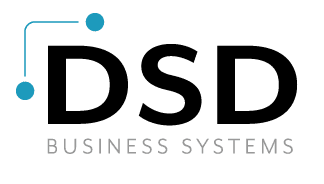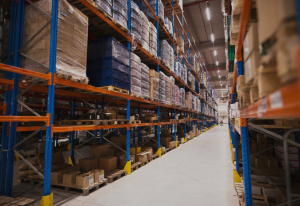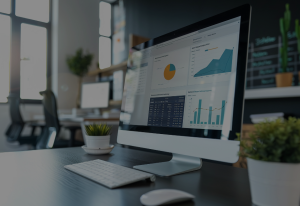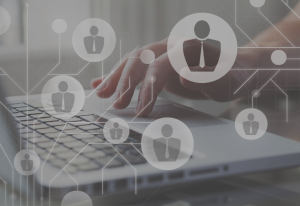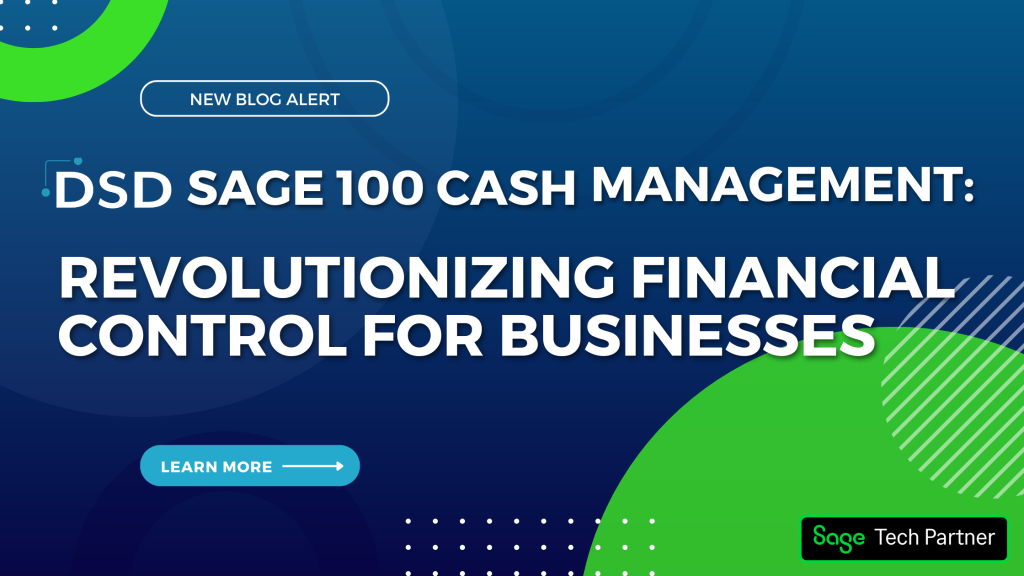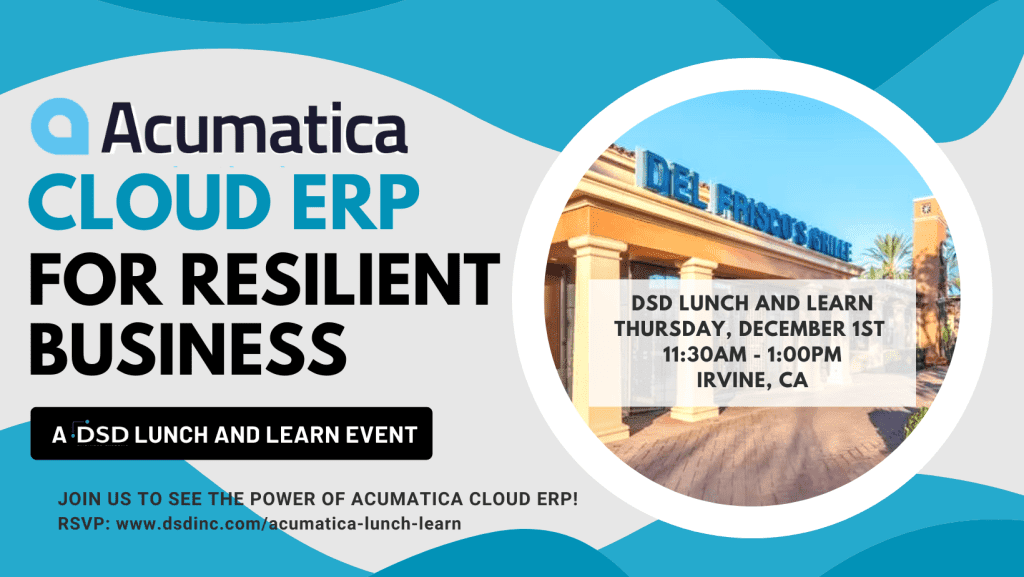How to Plan for the Ongoing Costs of an ERP System

It’s no secret that enterprise resource planning (ERP) systems represent a major investment in both time and money. What is less well known is that systems like Sage ERP and other robust online accounting software suites come with continuing costs that can be highly variable.
A number of factors will influence the comprehensive post-implementation costs associated with the system but the benefits (e.g., complex data storage, elimination of duplicate records, coordination of data across systems, etc.) typically make the investment worthwhile.
Still, forethought can go a long way toward predicting and then mitigating the ongoing costs of an ERP system. What follows is a short guide designed to help companies plan for these costs and, when possible, lower them.
The Most Common Continuing Costs
These costs can include hardware and software maintenance over the life of the system, the cost of training new staff and retraining existing personnel, upgrades and enhancements, bug fixes, IT costs, and licensing fees. Often, these costs are obvious and included in the ROI analysis the company performed before investing in an ERP system.
However, some common ongoing costs are less obvious, like:
- Utilities costs
- Hosting
- Continuous phone and web-based support
- Software subscription licensing
- System expansion
- Training for new release functionality and new system integration
- Integration programming
- Re-integration after upgrades
Each of these costs needs to be estimated for the useful life of the system and included as part of any ROI calculations performed before the company invests in an accounting software implementation project.
How Ongoing ERP Costs are Realized
Many on-site ERP system providers charge an annual maintenance fee – usually close to roughly 20% of the purchase price of the system. These fees are usually defined at purchase and then included as part of the contract. Typically, what’s included is continuous support, bug fixes, and support through system updates. Support for integration programming may be an additional cost. And for these traditional online business accounting systems, companies will also need to periodically upgrade or acquire computer equipment and invest in new or additional servers as the company grows.
Software-as-a-Service (SaaS) subscription configurations are changing how firms approach the continuing costs of ERP systems. These complex bookkeeping software systems don’t come with up-front software licensing costs or hardware costs because the whole system is hosted in the cloud. Consequently, the startup costs are lower but the ongoing costs are somewhat higher than a traditional maintenance fee plus normal licensing.
Decreasing these Ongoing Costs
The continuing costs of an ERP system may seem fixed but in actuality companies can realize long-term cost savings by doing these six things:
- Remember that direct and indirect maintenance and support costs are scalable. These costs can and do escalate over time – and that increase should be built into a realistic budget.
- Negotiate lower software license fees. This will not only lower ongoing costs but also reduce the initial investment in the system itself.
- Research third-party maintenance packages. If a vendor isn’t providing competitively priced support options, look into possible alternatives.
- Limit customization during system implementation. Software doesn’t necessarily need to be designed around a company’s exact business processes to fulfill a need.
- Negotiate lower service fees. Inevitable upgrades and software fixes require additional vendor services so make sure the agreed-on rates are affordable.
- Set maximum increases in maintenance and support fees. This way there is no possibility of going over budget.
Never Overlook Ongoing Costs
Ensuring that ERP software maintenance, license, and support costs stay manageable is largely a matter of understanding them. When calculating the ROI of an ERP system, it’s important to analyze costs over time to get a realistic idea of the total expense of the system. Only then can a company find ways to reduce overall costs and budget for continuing costs in a rational, data-driven way.
Deciding how and when to invest in an ERP system can seem like a never-ending series of challenges but considering the cost and the breadth of that investment, it pays to approach ERP implementation methodically. Yes, the impact of an ERP system on a business’ bottom line can be huge, but that doesn’t mean businesses shouldn’t be thinking critically about the costs associated with that system.

Written by Kayley Bell, Chief Operating Officer at DSD Business Systems
